

This guide provides expert advice on selecting and using woodworking screws for various projects. We cover different screw types, materials, sizes, and driving techniques to help you achieve professional results. Learn about the best practices for choosing the right woodworking screws for your specific needs, ensuring strong, reliable joints every time.
The material of your woodworking screws significantly impacts their strength, durability, and resistance to corrosion. Common materials include steel, stainless steel, and brass. Steel screws are the most economical choice for indoor projects, while stainless steel provides superior corrosion resistance for outdoor use or applications exposed to moisture. Brass screws offer a decorative finish and good corrosion resistance. The choice depends on your project's requirements and budget.
Different screw head types are designed for specific applications. Common head types include Phillips, flat head, countersunk, and oval head. Phillips heads are versatile and widely used, while flat and countersunk heads are ideal for flush mounting. Oval heads provide a slightly raised profile for a more decorative finish. Selecting the correct head type is crucial for achieving a clean, professional look and ensuring proper function.
Woodworking screws are specified by their length and diameter (gauge). Length determines the depth of penetration, while diameter affects the holding power. Fine threads are better for harder woods, providing more grip, while coarse threads work better in softer woods for faster driving. Choosing the appropriate size is critical for avoiding splitting the wood and ensuring a secure joint. Always consult a screw size chart for guidance.
Pre-drilling pilot holes is essential, especially when working with harder woods. This prevents splitting the wood and ensures a cleaner finish. The pilot hole diameter should be slightly smaller than the screw shank diameter. For larger woodworking screws, you may also need to pre-drill a slightly larger clearance hole for the screw head.
Use the correct screwdriver bit to avoid cam-out and damage to the screw head. Apply even pressure while driving the screw to prevent stripping. For difficult-to-reach areas, consider using a magnetic bit or a countersinking tool.
Once the woodworking screws are installed, you may need to fill the screw holes with wood filler for a seamless finish. Sand the filler smooth and apply a final coat of paint or stain to match the surrounding wood.
Finding reliable suppliers for your woodworking screws is key to a successful project. Many hardware stores offer a wide selection, but for specialized needs or bulk orders, consider online retailers specializing in woodworking supplies. Remember to check reviews and compare prices before making a purchase. For a wide range of high-quality products, consider exploring options from reputable suppliers like those found on the website of Hebei Muyi Import & Export Trading Co., Ltd. (https://www.muyi-trading.com/). They offer a diverse selection to meet various project needs.
| Material | Strength | Corrosion Resistance | Cost |
|---|---|---|---|
| Steel | High | Low | Low |
| Stainless Steel | High | High | Medium |
| Brass | Medium | High | High |
Remember to always prioritize safety when working with woodworking tools. Consult relevant safety guidelines and use appropriate protective equipment.

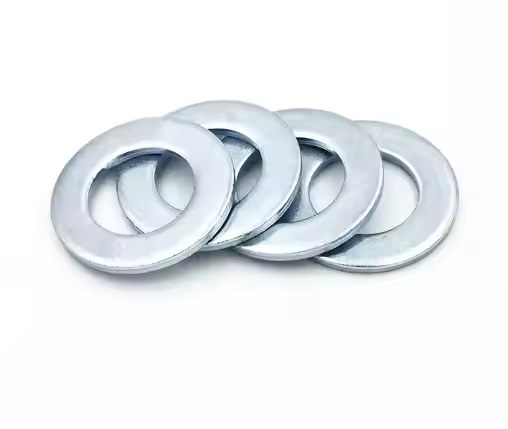
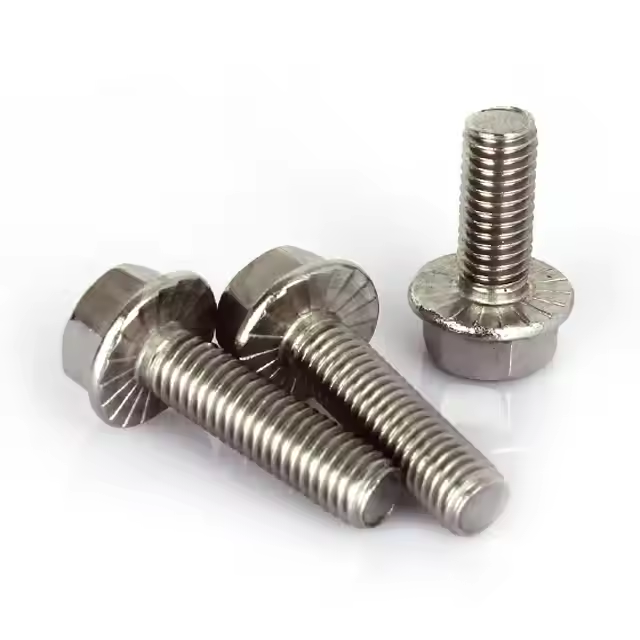
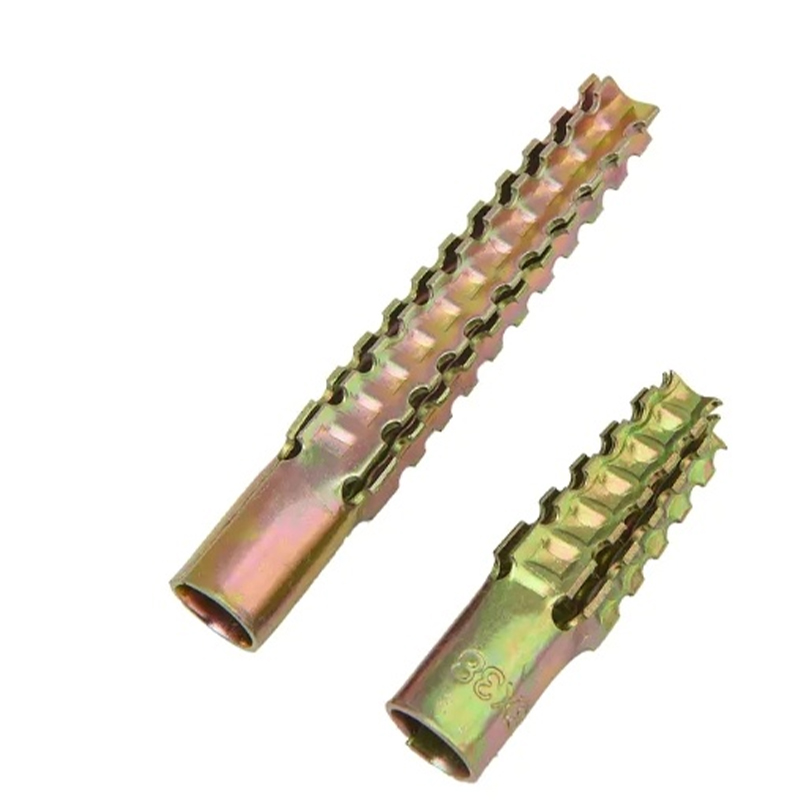
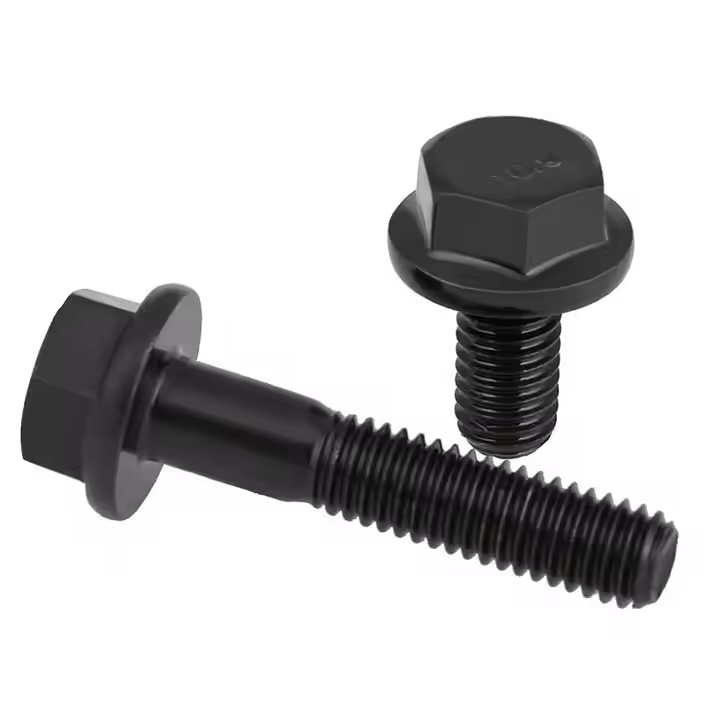


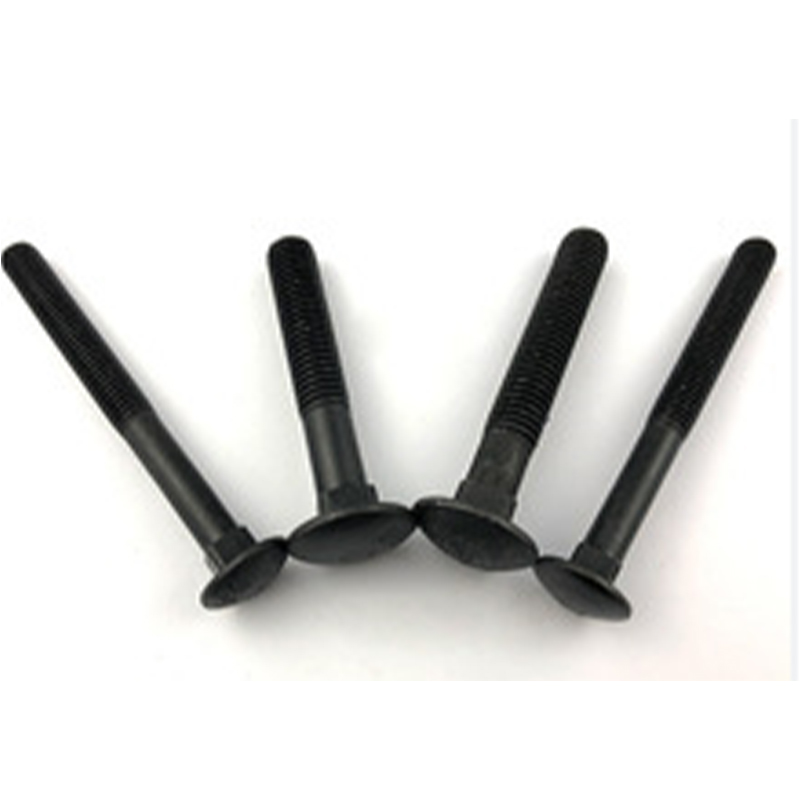
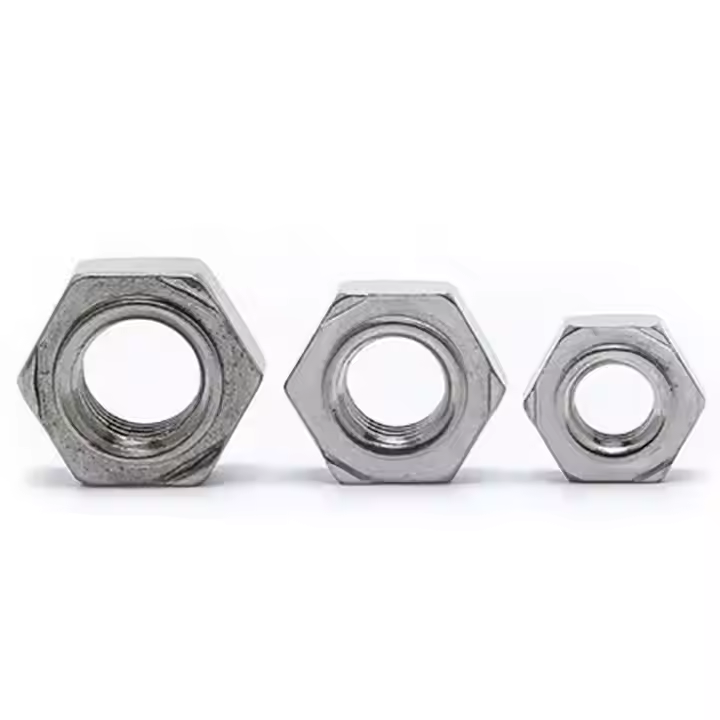
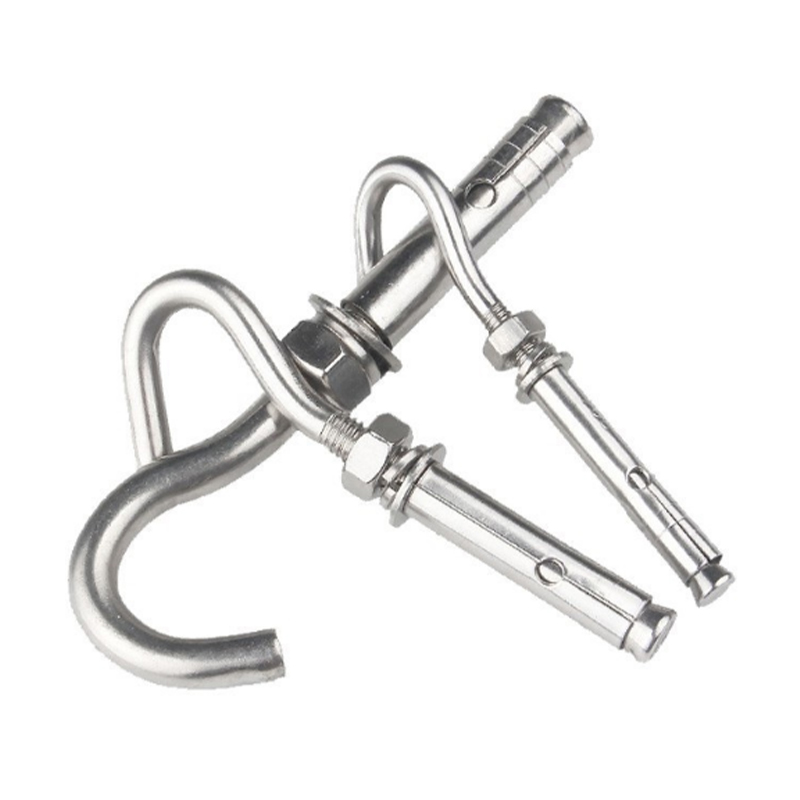
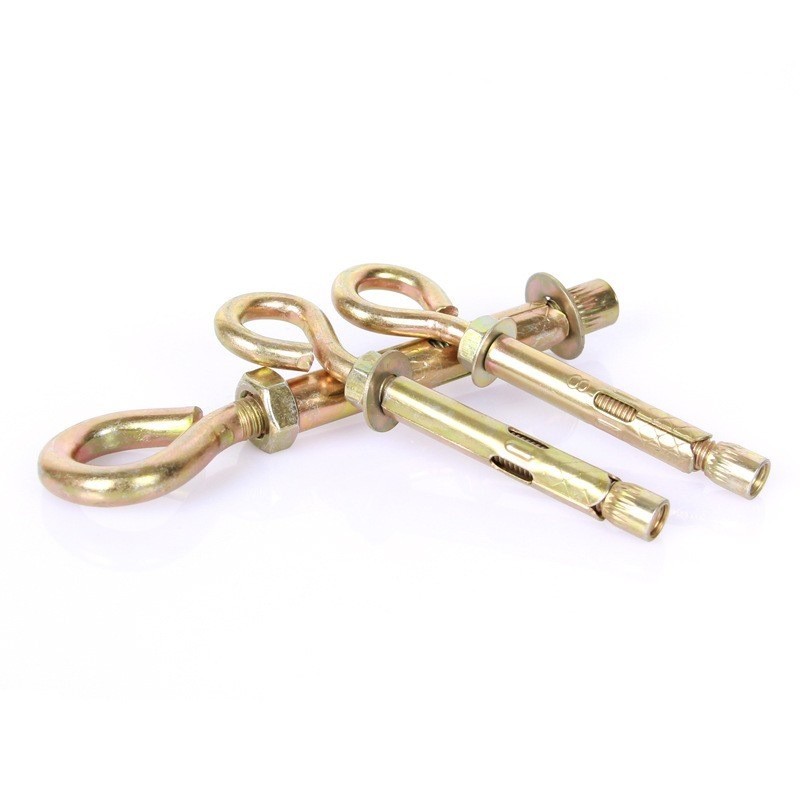


Please enter your email address and we will reply to your email.